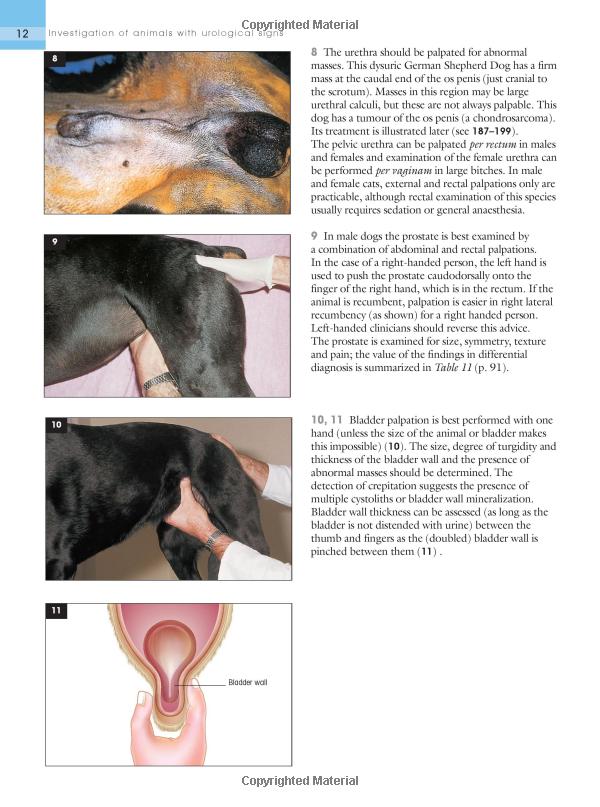Understanding the Risks of Getting a PET Scan: Los Peligros de Hacerse un PET Scan
#### IntroductionIn the realm of medical imaging, one of the most advanced techniques available is the Positron Emission Tomography (PET) scan. While this t……
#### Introduction
In the realm of medical imaging, one of the most advanced techniques available is the Positron Emission Tomography (PET) scan. While this technology plays a crucial role in diagnosing various conditions, it's essential to understand the potential risks involved. In this article, we will explore "los peligros de hacerse un PET scan" (the dangers of getting a PET scan) and provide a comprehensive overview of what patients should consider before undergoing this procedure.
#### What is a PET Scan?
A PET scan is a non-invasive imaging test that helps doctors observe metabolic processes in the body. It uses a small amount of radioactive material, known as a radiotracer, which is injected into the patient. This radiotracer emits positrons, which are detected by the PET scanner to create detailed images of organs and tissues.
#### Los Peligros de Hacerse un PET Scan
While PET scans can provide invaluable information for diagnosing diseases like cancer, there are several risks and considerations associated with the procedure:
1. **Radiation Exposure**: One of the most significant concerns is the exposure to radiation. Although the amount of radiation from a PET scan is relatively low, repeated scans can accumulate radiation exposure, potentially increasing the risk of cancer over time.

2. **Allergic Reactions**: Some patients may experience allergic reactions to the radiotracer used during the scan. Symptoms can range from mild (itchiness, rash) to severe (difficulty breathing, anaphylaxis). It’s crucial for patients to inform their healthcare provider of any known allergies.
3. **Kidney Function**: The radiotracer is processed through the kidneys. For patients with pre-existing kidney conditions, this can pose additional risks. Healthcare providers may need to assess kidney function before proceeding with the scan.
4. **Pregnancy and Breastfeeding**: Pregnant or breastfeeding women should be cautious. The radiation from a PET scan could potentially affect the developing fetus or be transmitted through breast milk. It is essential for these patients to discuss alternatives with their healthcare provider.
5. **Anxiety and Psychological Effects**: The process of undergoing a PET scan can induce anxiety for some patients, particularly those who are already dealing with a serious illness. The waiting period for results can also contribute to stress and worry.
#### Preparing for a PET Scan

Before undergoing a PET scan, patients should prepare adequately to minimize risks. This preparation includes:
- **Consultation with Healthcare Providers**: Discuss any concerns and medical history with the doctor to ensure that a PET scan is appropriate.
- **Fasting**: Patients are often required to fast for several hours before the scan to ensure accurate results. Following these instructions is vital.
- **Hydration**: Drinking plenty of water before the scan can help flush out the radiotracer from the body afterward, reducing potential kidney strain.
#### Alternatives to PET Scans

For some patients, there may be alternative imaging techniques that pose fewer risks. These can include MRI scans, CT scans, or ultrasound, depending on the medical condition being investigated. It’s essential to discuss these options with a healthcare provider.
#### Conclusion
In conclusion, while PET scans are a powerful diagnostic tool, understanding "los peligros de hacerse un PET scan" is crucial for informed decision-making. Patients should weigh the benefits against the risks and engage in open discussions with their healthcare team. By doing so, they can ensure that they receive the best possible care while minimizing potential dangers associated with this imaging technique. Always remember that the key to safe medical procedures is thorough communication and informed consent.